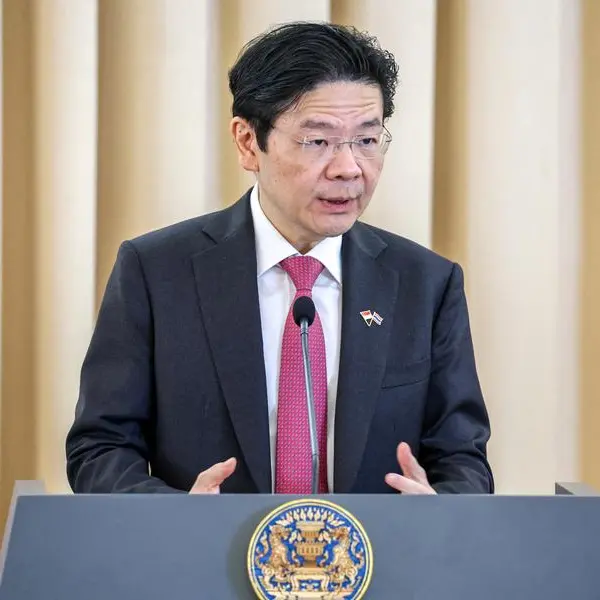PHOTO
The very first thing tourists see when they land in the country is the airport. This is why a much-anticipated development of the Ninoy Aquino International Airport (NAIA) now set to undergo privatization and modernization, heralds a promising era poised to propel further economic growth and elevate the Philippines as a premier destination for tourism and investment.
The Department of Transportation (DOTr) has awarded the contract to a consortium spearheaded by San Miguel Corp. (SMC) led by businessman Ramon Ang or RSA, offering the government a revenue share of 82.16 percent. Partnering with the operator of South Korea's Incheon airport, this consortium will oversee the management of the Philippines' main gateway until 2039, with a potential 10-year extension based on performance.
Reports indicate that the consortium is mandated to allocate a minimum of P88 billion to enhance airport services within the initial six years - a critical intervention given the pressing need for private sector involvement.
The prospect of transformation is met with optimism, particularly in light of recent news reports that calls attention to new and longstanding issues within NAIA, ranging from pest infestations such as bed bugs and rats which immediately went viral, to what many perceive as well as deteriorating infrastructure.
In this context, I firmly believe that delegating the modernization of NAIA to a private consortium is a strategic move geared towards attaining heightened levels of service, efficiency, innovation, and international standards that align with the aspirations of citizens, investors, and global visitors alike.
It is essential to recognize that NAIA's modernization is not merely about mere infrastructure upgrades; it represents a concerted effort to rehabilitate its reputation after years of being labeled as one of the world's worst airports. With private sector support and government's resolve to enhance this facility, NAIA is poised to emerge as a leading travel hub in the region.
The modernization of NAIA resonates with the government's goal of attaining upper-middle-income status in the next few years, as it is expected to help stimulate economic growth, foster global connectivity, generate employment opportunities, and attract investment.
In today's interconnected world, a state-of-the-art airport is indispensable to facilitate and enable international trade and travel, attract more investors and tourists, create more jobs, improve international reputation and enhance global standing.
With the anticipated performance of the SMC-led consortium and their commitment to invest over P122 billion in NAIA's modernization in a span of 25 years, the public private partnership, ensures longevity and instills confidence in a promising future for the gateway.
This can also serve as a blueprint in harnessing the private sector involvement to drive change and push progress for the country. Through a revenue-sharing model like in the case of NAIA, the government and, consequently, the Filipino people stand to benefit from this partnership.
By relieving the government of costs from airport maintenance and modernization, public funds can be reallocated to other priority sectors such as agriculture, education, social services, and healthcare.
Public-private partnerships represent a pathway to enable efficient and effective execution of infrastructure projects and nation-building initiatives. The government can leverage on the private sector's experience, expertise, and resources. I am confident they are more than willing to collaborate in order to realize various projects for the public and ultimately yield collective benefits for all.
Through proactive collaboration between the government and the private sector, sustainable economic progress can be achieved, fostering inclusive growth and shared prosperity for the nation.
Copyright © 2022 PhilSTAR Daily, Inc Provided by SyndiGate Media Inc. (Syndigate.info).





















